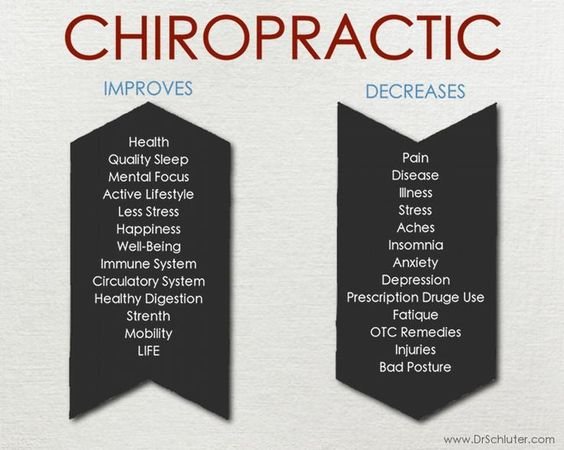When considering treatment options for severe or chronic injuries, cold laser therapy might be a viable option worth checking out. The ability of laser therapy to target certain areas and promote recovery appears promising, but what exactly makes this therapy attract attention? Just how does it work, and what are its restrictions? Prior to diving into the details, it's necessary to grasp the basic aspects of cold laser treatment that might potentially make a difference in your injury healing trip.
Perks of Cold Laser Therapy
Experience relief and accelerated healing with the benefits of cold laser therapy. Cold laser therapy, also known as low-level laser therapy (LLLT), uses a non-invasive treatment alternative for a selection of intense and persistent injuries. By making use of low-intensity laser light to stimulate recovery at the mobile level, this therapy can supply pain relief, reduce swelling, and advertise cells regrowth.
Among the essential advantages of cold laser treatment is its capacity to target certain areas of the body with precision. Unlike standard treatments that might affect surrounding healthy cells, cold laser therapy can straight concentrate on the damaged website, making best use of the restorative benefits while reducing any kind of possible negative effects.
Moreover, https://www.sarasotamagazine.com/health-and-fitness/2021/03/laser-bed-therapy is a secure and pain-free procedure that can be used alone or in mix with various other therapies. Whether Get Source recovering from a sporting activities injury, dealing with persistent discomfort, or looking for to speed up the recovery process post-surgery, cold laser therapy supplies a gentle yet effective solution to help you return to your best self.
Effectiveness in Injury Recovery
Attain much faster recovery and boosted healing end results with the proven performance of cold laser therapy in treating numerous injuries. Cold laser therapy has shown amazing lead to speeding up the recovery process of both intense and chronic injuries. By boosting cellular activity and promoting blood flow, cold laser treatment helps in reducing swelling, ease pain, and improve tissue repair service.
Studies have shown the performance of cold laser treatment in treating conditions such as tendonitis, strains, muscle mass strains, and joint discomfort. The non-invasive nature of this therapy method makes it a prominent choice amongst people seeking fast and effective healing from injuries.
Unlike typical treatment methods that might have negative effects or call for downtime, cold laser therapy provides a secure and gentle option for injury healing. Its capability to target certain locations with accuracy permits tailored treatment strategies tailored to each person's requirements.
Whether you're a professional athlete recuperating from a sporting activities injury or someone managing persistent pain, cold laser therapy can be an important device in your recovery journey. Experience firsthand the benefits of this sophisticated innovation and get back to your energetic way of life quicker.
Considerations for Treatment
When considering cold laser therapy for injury therapy, it is very important to recognize essential aspects that can influence the effectiveness and results of the treatment. One important consideration is the deepness of penetration of the laser light into the cells. Different injuries might require varying levels of infiltration to get to the affected location appropriately.
In addition, the period and regularity of treatment sessions play a substantial role in achieving optimum results. Uniformity in participating in scheduled sessions is necessary for the therapy to be efficient.
An additional vital element to take into consideration is the power density of the laser. The power density figures out the energy supplied to the cells and can affect the rate and quality of recovery. It's vital to make sure that the laser's power settings are appropriate for the specific injury being dealt with to prevent possible damaging impacts.
Additionally, the experience and knowledge of the medical care expert administering the therapy can affect its effectiveness. Picking a qualified and experienced service provider can aid optimize the advantages of cold laser therapy for your injury.
Conclusion
Finally, cold laser treatment supplies a non-invasive and effective treatment choice for both acute and persistent injuries. By promoting cellular activity and advertising blood circulation, this treatment can help reduce discomfort, swelling, and enhance cells repair service.
It is essential to talk to a healthcare expert seasoned in cold laser therapy to ensure secure and optimal therapy results. With the appropriate support, cold laser treatment can be a valuable device in the recovery procedure for a variety of injuries.

 Brian Bonsall Then & Now!
Brian Bonsall Then & Now! Jonathan Lipnicki Then & Now!
Jonathan Lipnicki Then & Now! Danny Pintauro Then & Now!
Danny Pintauro Then & Now! David Faustino Then & Now!
David Faustino Then & Now! Lucy Lawless Then & Now!
Lucy Lawless Then & Now!